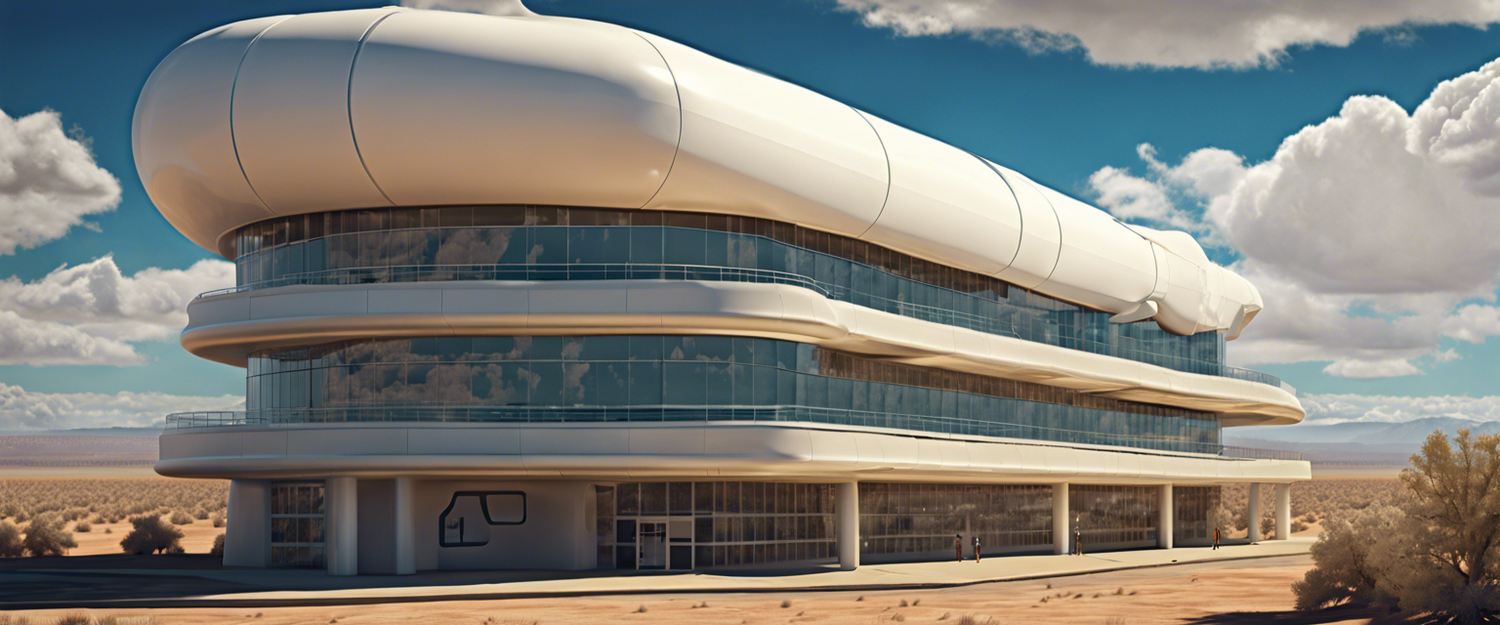Google's Groundbreaking Move: Purchasing Energy from Next-Generation Nuclear Reactors
In a significant development for clean energy and corporate responsibility, Google announced its intention to purchase electricity from advanced small modular reactors (SMRs). This agreement, branded as the world’s first corporate contract of its kind, marks a pivotal moment in the adoption of next-generation nuclear technology.
The Agreement with Kairos Power
Google has inked a deal with Kairos Power, an engineering company working on SMR technology, with plans to operationalize its first reactor by the year 2030. The corporation will purchase electricity from multiple reactors set to be built through 2035.
Why Nuclear Energy?
As part of its commitment to climate goals, Google requires substantial clean energy to sustain its operations, particularly with the expansion of artificial intelligence (AI) initiatives. New nuclear technologies exhibit promise in supplying carbon pollution-free electricity, potentially alleviating some of the challenges associated with traditional nuclear power plants.
Google's Climate Commitments
In 2020, Google established a goal to operate on carbon-free energy around the clock by 2030, alongside a commitment to halve its greenhouse gas emissions compared to a 2019 baseline. However, the latest environmental report indicates a concerning 48% increase in total greenhouse gas emissions since 2019.
Investment in Renewable Energy
CEO Sundar Pichai emphasized in a recent interview that the trajectory of AI investments is intensifying the urgency for innovative energy solutions. The company is actively exploring other renewable sources, including solar power, while investigating next-generation nuclear solutions.
The Big Tech Nuclear Energy Trend
Google is not alone in its pursuit of nuclear energy. Other tech giants like Amazon Web Services and Microsoft are exploring similar avenues. In March, Amazon Web Services acquired a data center powered by a nuclear plant in Pennsylvania, while Microsoft has entered agreements to revitalize the shuttered Three Mile Island plant.
Advantages of Small Modular Reactors
What distinguishes Google's strategy is its focus on small modular reactors rather than traditional nuclear plants. SMRs are notably smaller—approximately one-tenth to one-quarter of the size of older plants. This modularity promises to deliver cheaper and more efficient construction and siting options.
Unlike solar and wind energy, which can fluctuate with weather conditions, nuclear power plants are capable of generating energy consistently around the clock.
Challenges Ahead
Despite the advantages, new reactor designs present ongoing challenges, particularly concerning environmental and health risks associated with uranium mining, enrichment, and radioactive waste disposal.
Regulatory Advances and Future Prospects
Last year, the US Nuclear Regulatory Commission (NRC) certified a design for a small modular reactor for the first time, indicating a step forward for the industry. Experts predict that the first SMRs could connect to US power grids by the early 2030s, bolstered by Big Tech’s growing interest in nuclear energy.
Impact on the Energy Grid
Google’s partnership with Kairos Power is projected to contribute up to 500 MW of carbon-free energy to US power grids. In July, Kairos Power broke ground on its first demonstration reactor in Tennessee, a move that could accelerate the commercialization of advanced nuclear energy.
Conclusion: Making Strides Toward Clean Energy
In a press release, Jeff Olson, Vice President of Business Development & Finance at Kairos Power, stated, "Having an agreement for multiple deployments is important to accelerate the commercialization of advanced nuclear energy by demonstrating the technical and market viability."
As Google continues to explore innovative energy solutions like SMRs, the tech giant not only addresses its climate goals but also sets the stage for a potential transformation in how corporations approach sustainable energy consumption.



Lasă un comentariu
Toate comentariile sunt moderate înainte de a fi publicate.
Acest site este protejat de hCaptcha și hCaptcha. Se aplică Politica de confidențialitate și Condițiile de furnizare a serviciului.